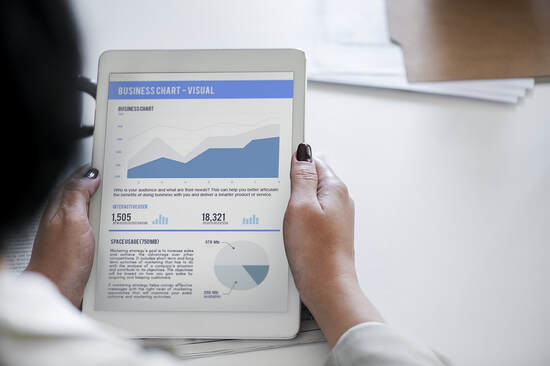|
Everyone in data science (and even beyond data science to some extent) is familiar with the process of sampling. It’s such a fundamental method in data analytics that it’s hard to be unaware of it. The fact that’s so intuitive as well makes it even easier to comprehend and apply. Besides, in the world of Big Data, sampling seems to be not only useful but also necessary! What about data summarization though? How does that fit in data science and how does it differ from sampling? Both data summarization and sampling aim to reduce the number of data points in the data set. However, they go about it in very different ways. For starters, sampling usually picks the data points randomly while in some cases, it takes into account an additional variable (usually the target variable). The latter is the case of stratified sampling, something essential if you want to perform proper K-fold cross-validation for a classification problem. Data summarization, on the other hand, creates new data points that aim to contain the same information as the original dataset, or at least retain as much of it as possible. Another important difference between the two methodologies is that data summarization tends to be deterministic, while sampling is highly stochastic. This means that you cannot use data summarization instead of sampling, at least not repeatedly as in the case of K-fold cross-validation. Otherwise, you’ll end up with the same results every time, something that doesn’t help with the validation of the models at hand! Perhaps that’s one of the reasons why data summarization is not so widely known in the data science community, where model validation is a key focus of data science work. What’s more, if sampling is done properly, it can maintain the relationships among the variables at hand (obviously this would entail the use of some heuristics since random sampling alone won’t cut it). Data summarization, on the other hand, doesn't do that so well, partly because it focuses on the most important aspects of the dataset, discarding everything else. This results in skewing the variable relationships a bit, much like a PCA method changes the data completely when it is applied. So, if you care about maintaining these variable correlations, data summarization is not the way to go. Finally, due to the nature of the data involved, data summarization could be used for data anonymization and even data generation. Sampling, however, wouldn't work so well for these sorts of tasks, even though it could be used for data generation if the sampling is free of biases (something which can also be attained if certain heuristics are applied). All this illustrates the point that although these two methods are quite different, they are also applicable in different use cases so they don’t exactly compete with each other. It’s up to the discerning data scientist to figure out when to use which, adding value to the project at hand.
0 Comments
Your comment will be posted after it is approved.
Leave a Reply. |
Zacharias Voulgaris, PhDPassionate data scientist with a foxy approach to technology, particularly related to A.I. Archives
April 2024
Categories
All
|

 RSS Feed
RSS Feed